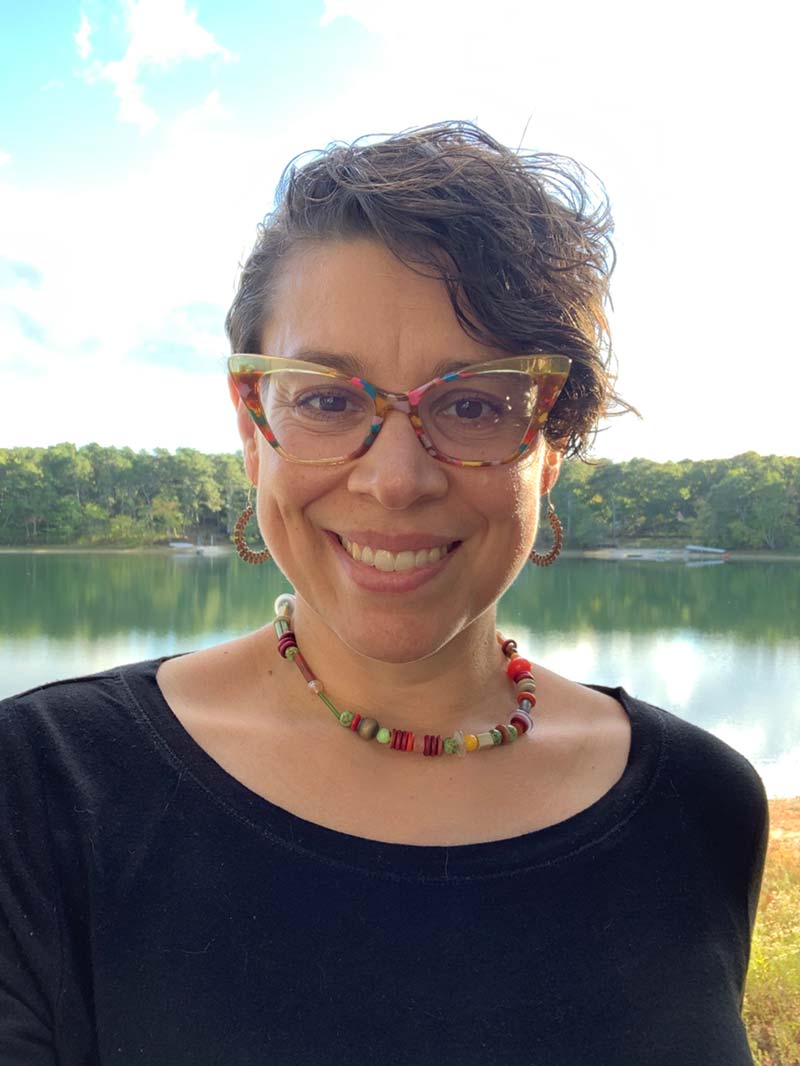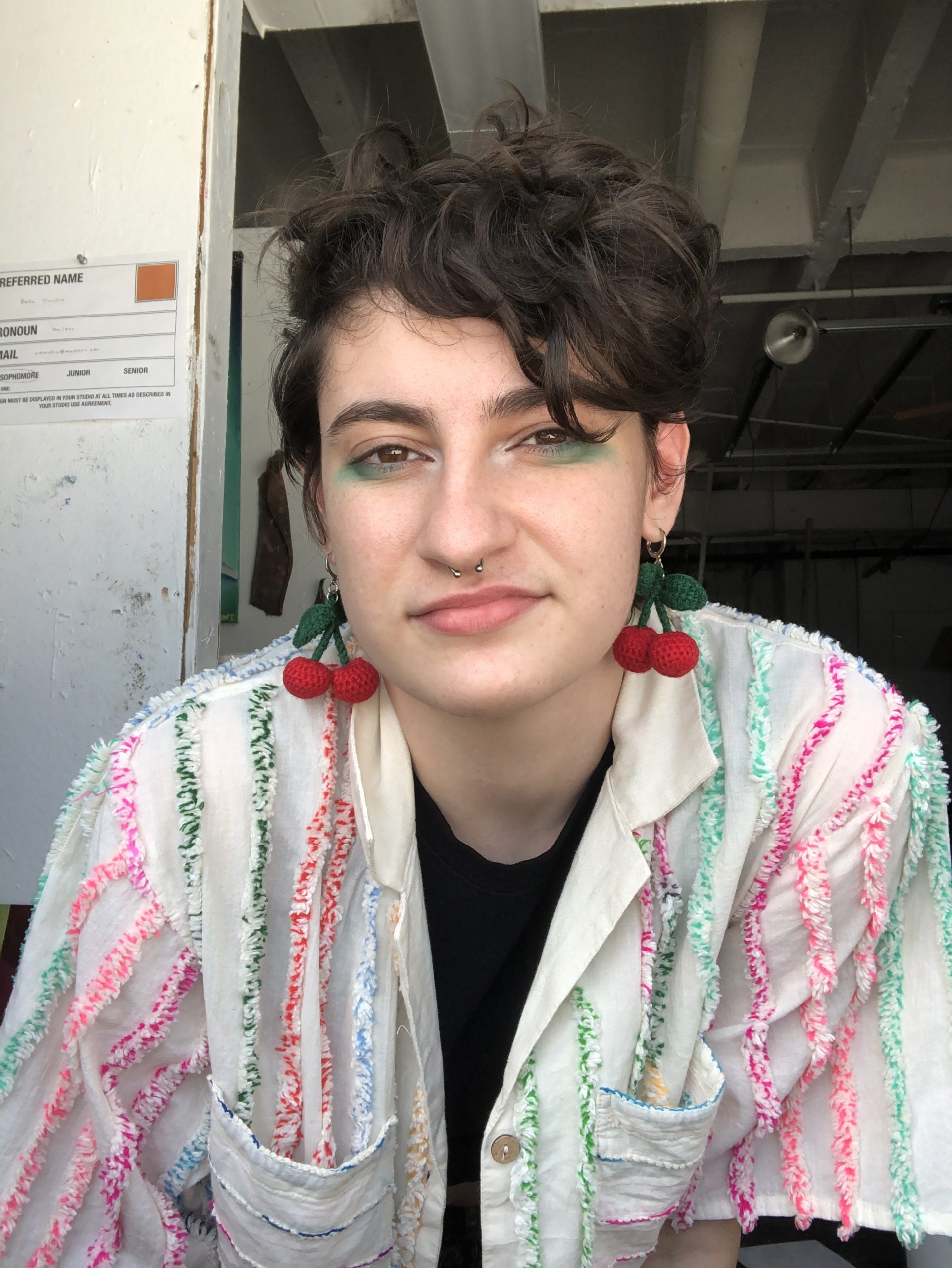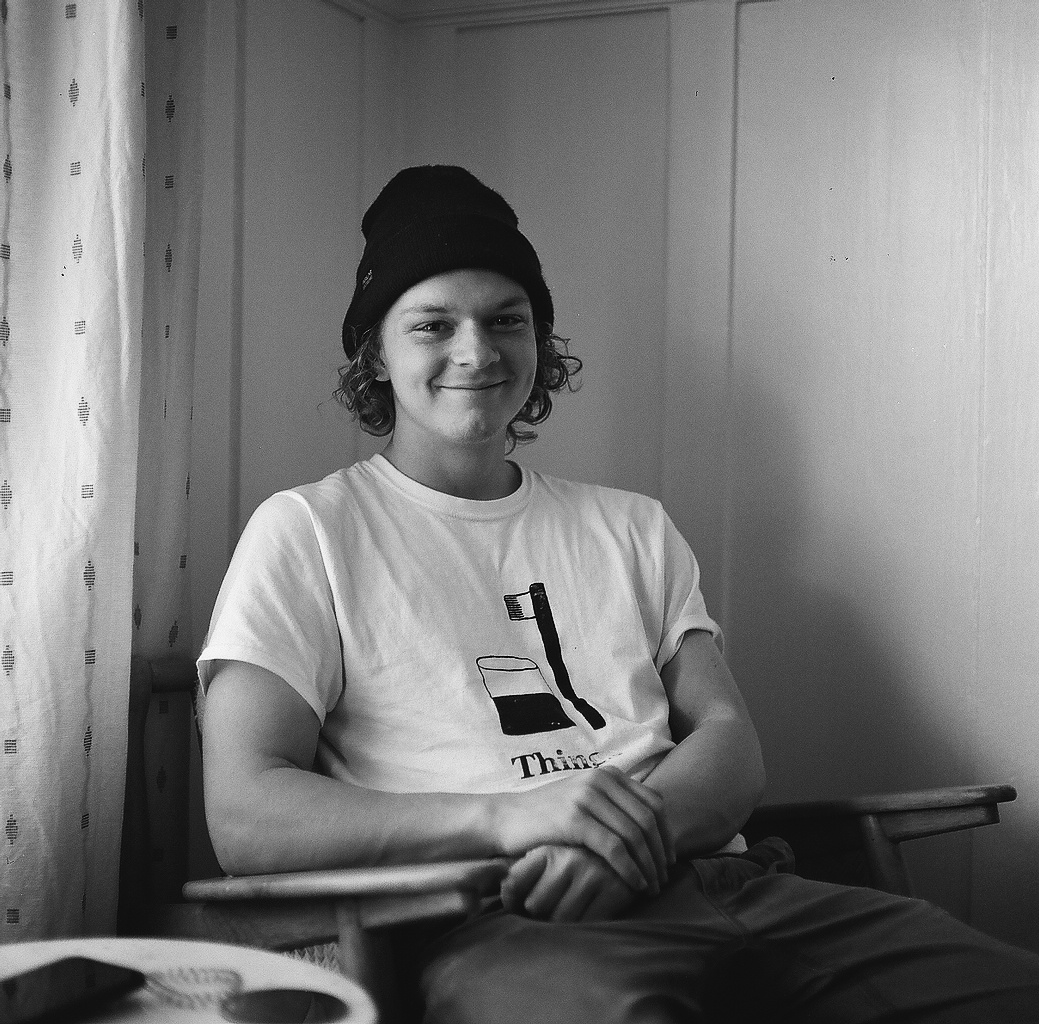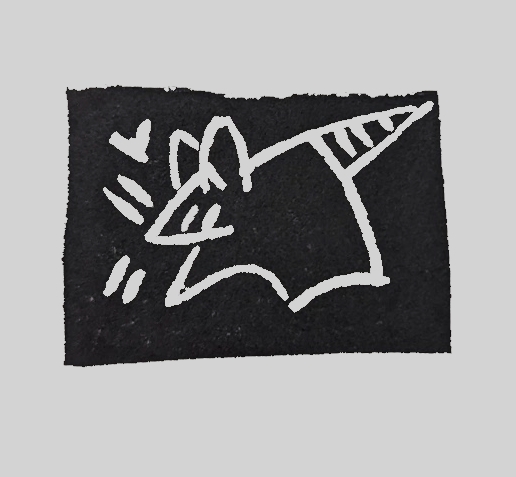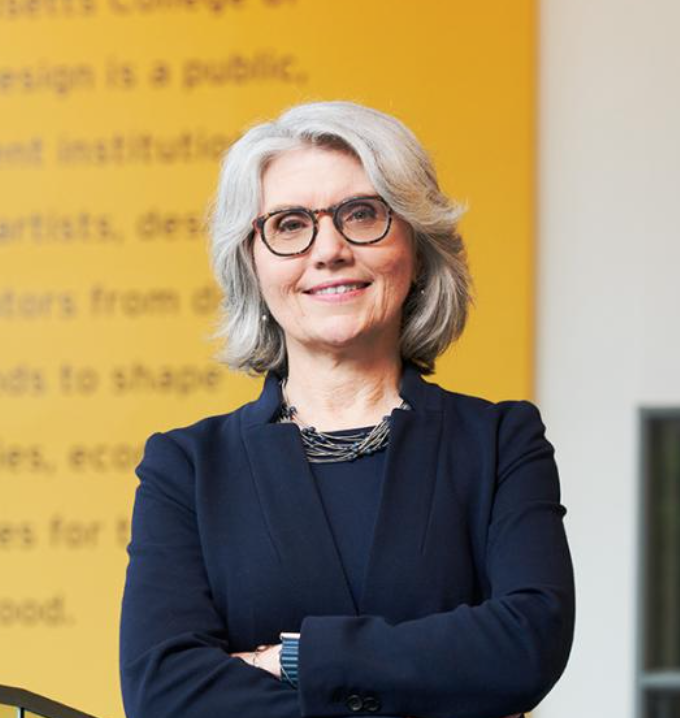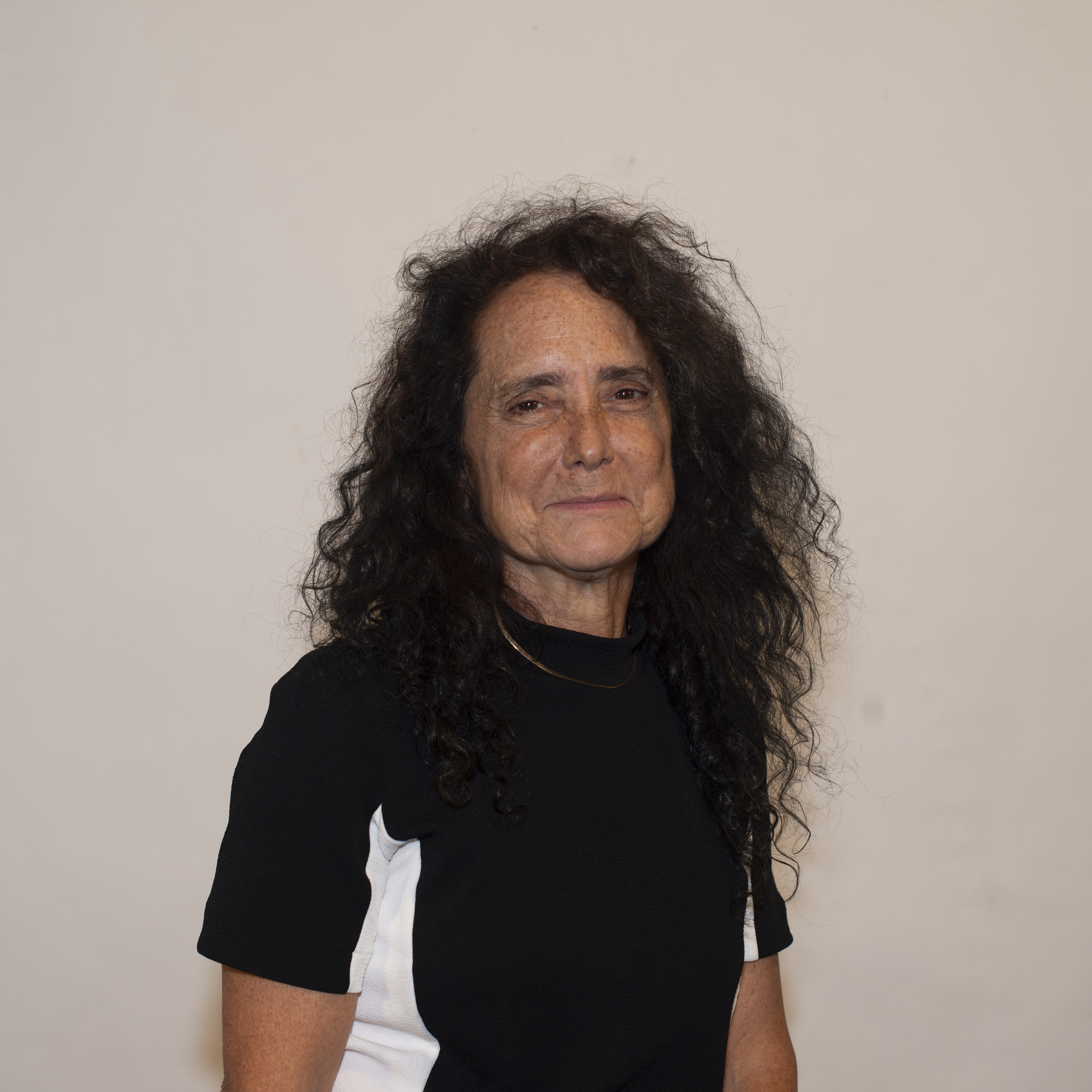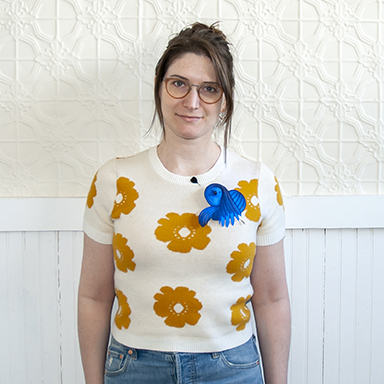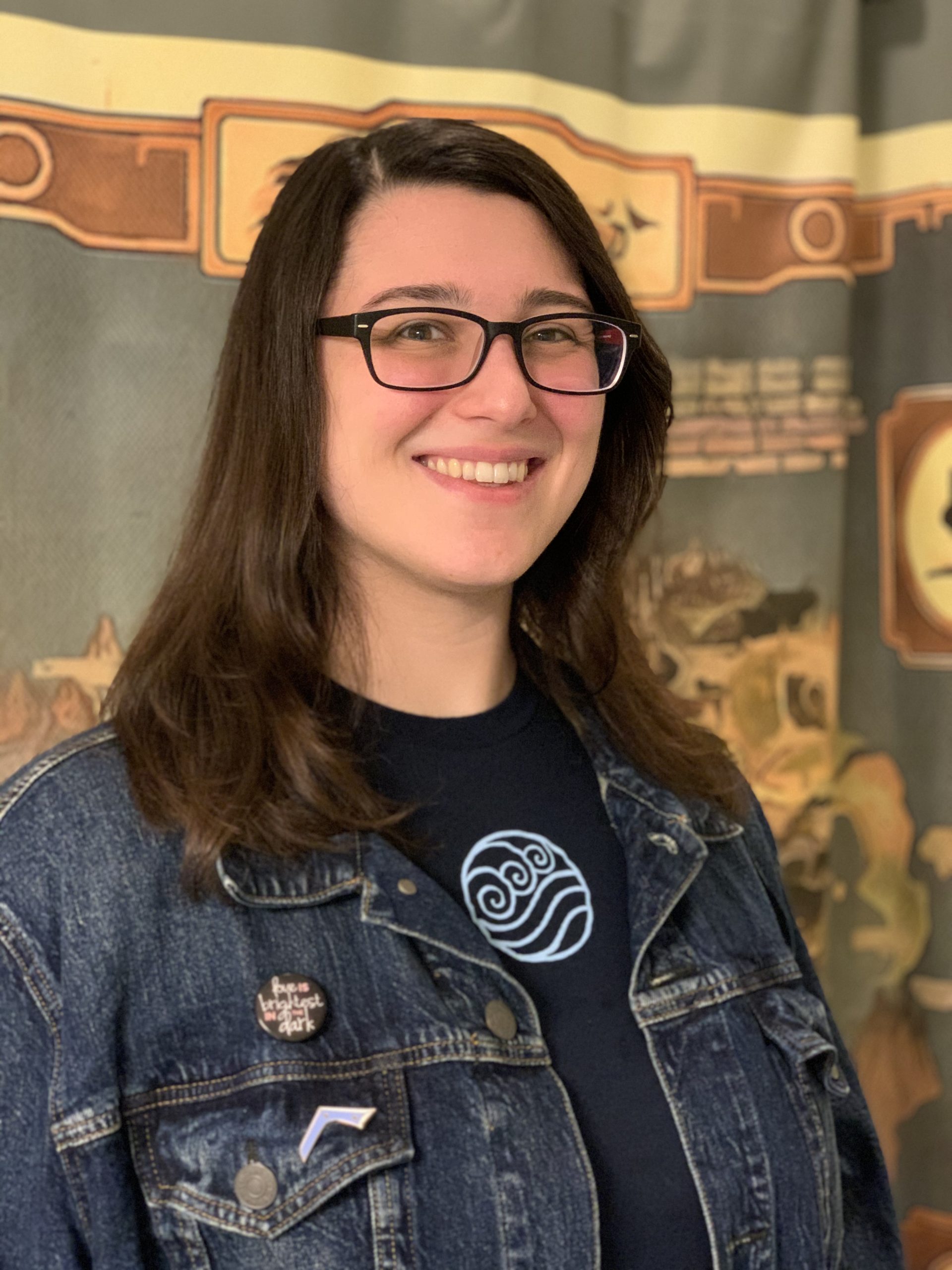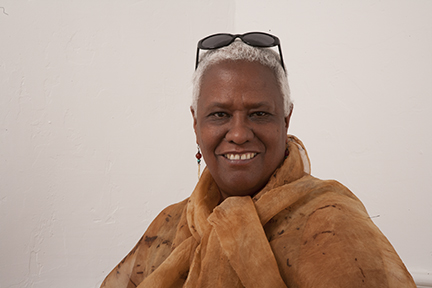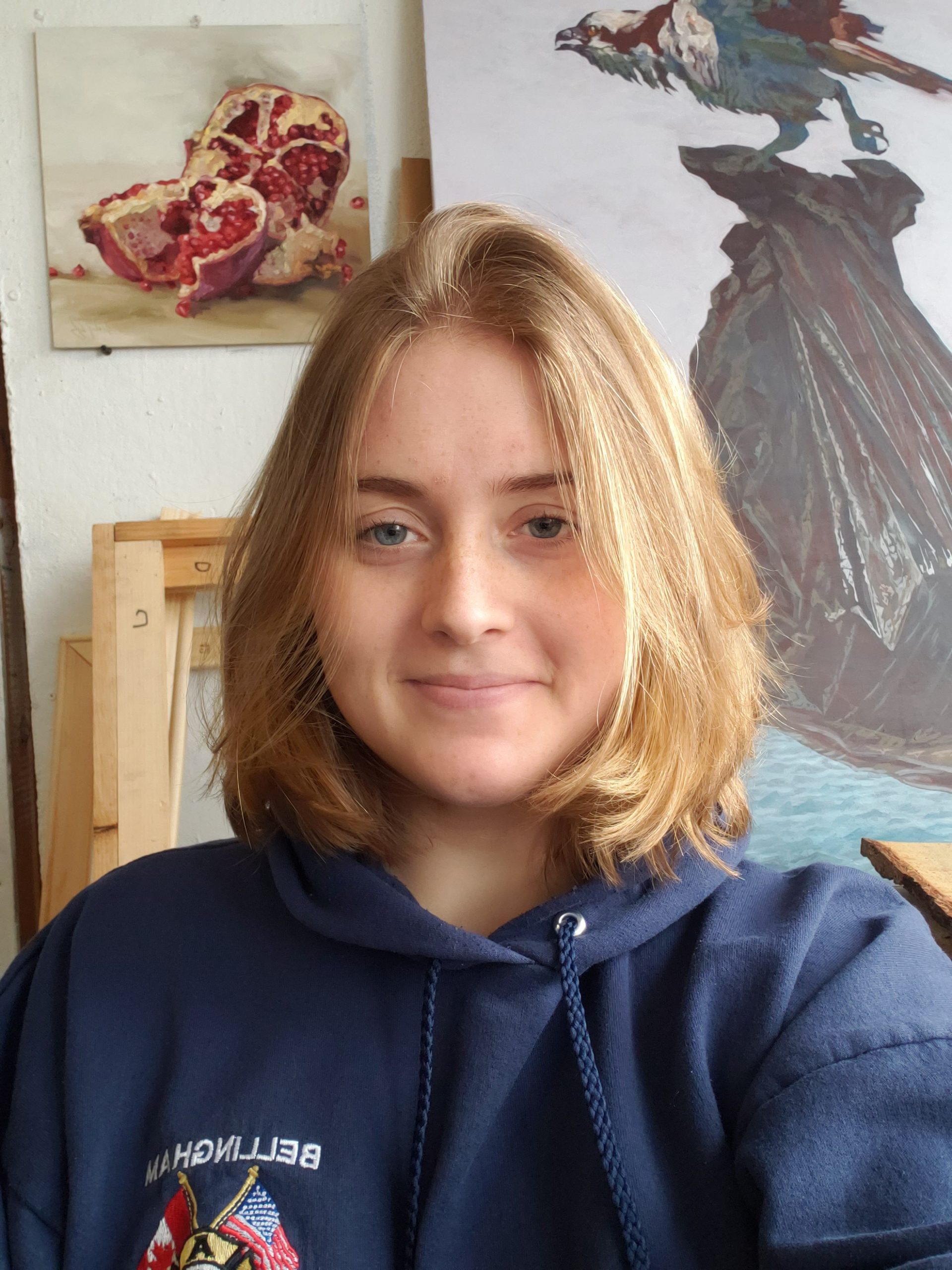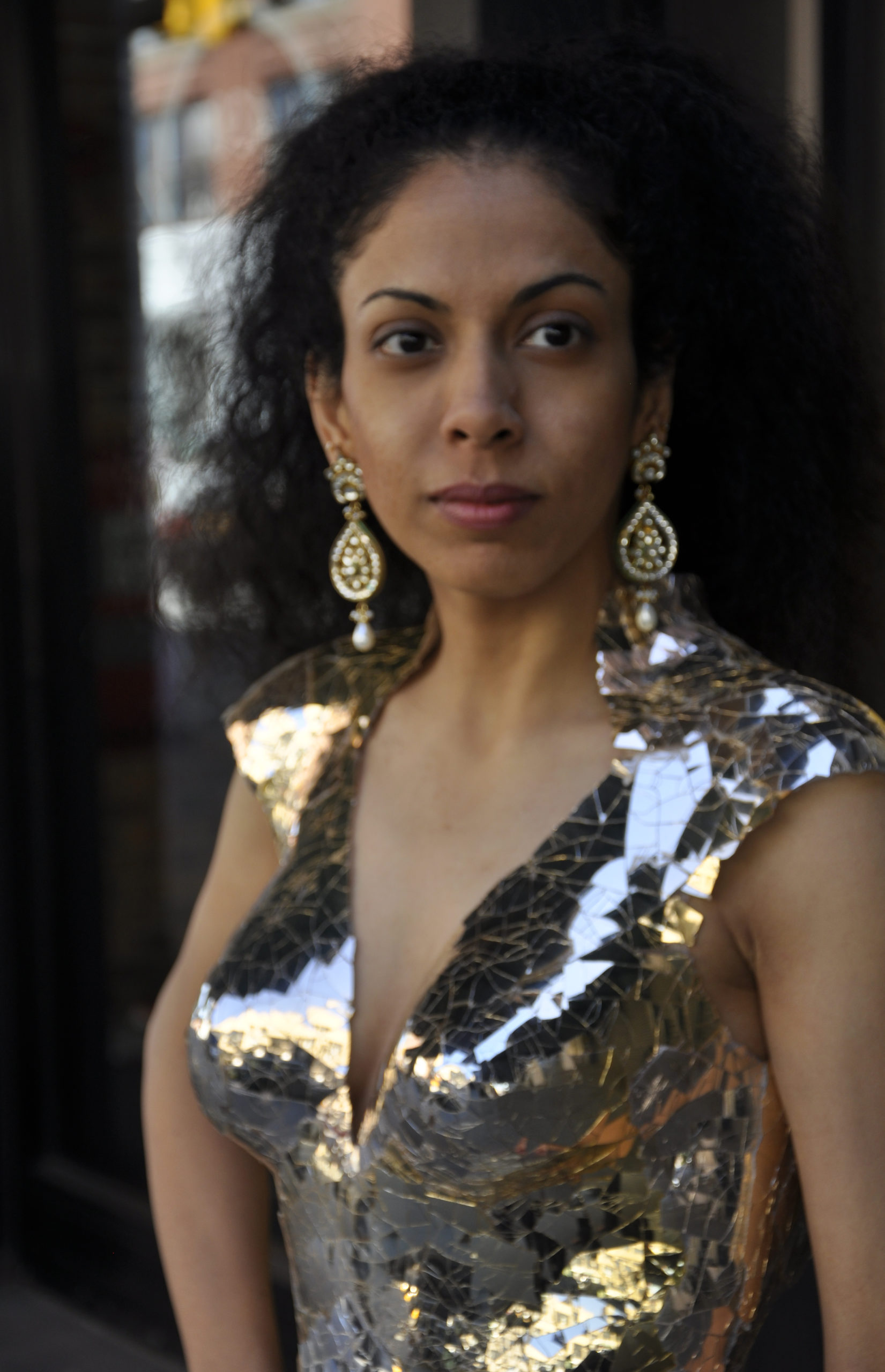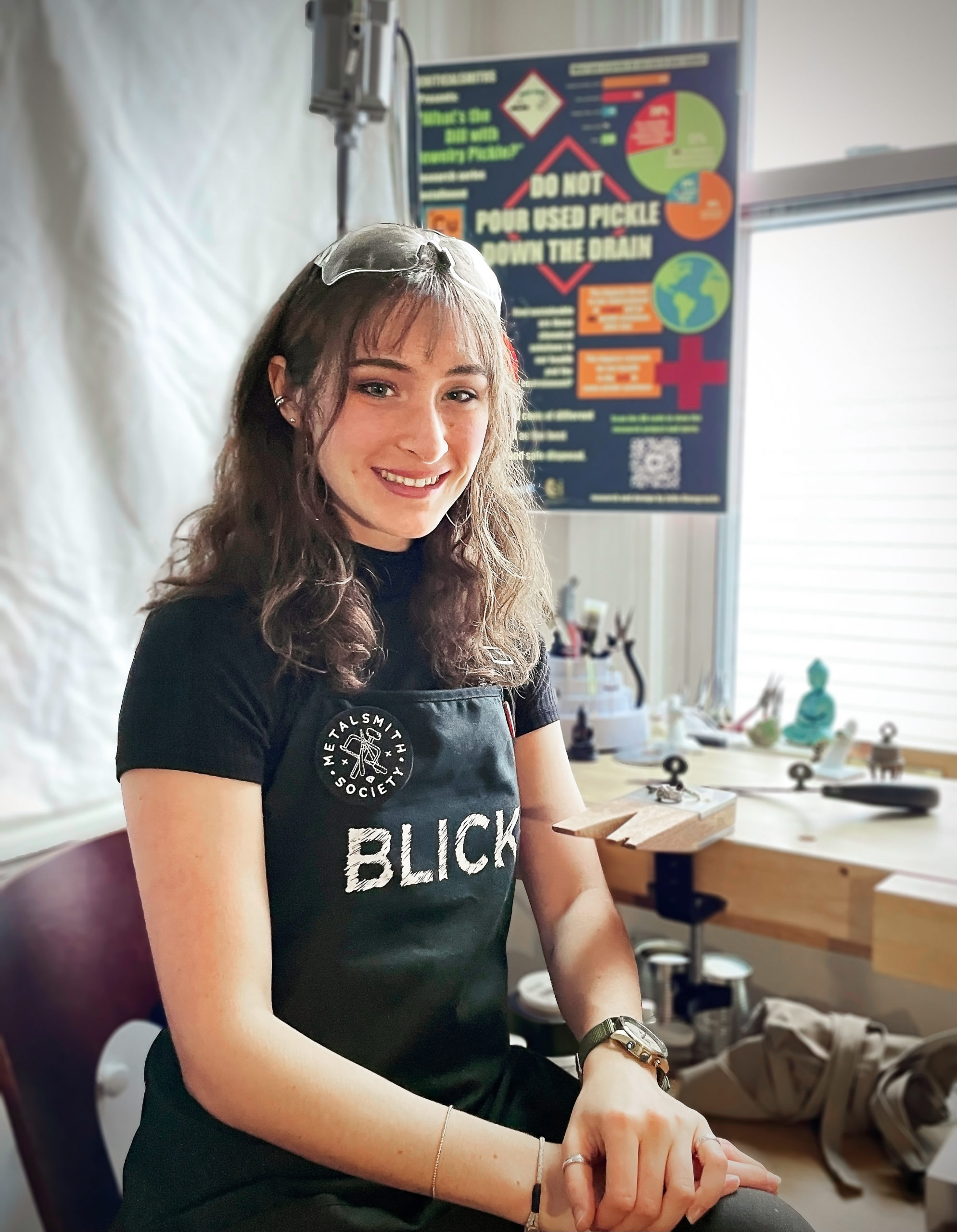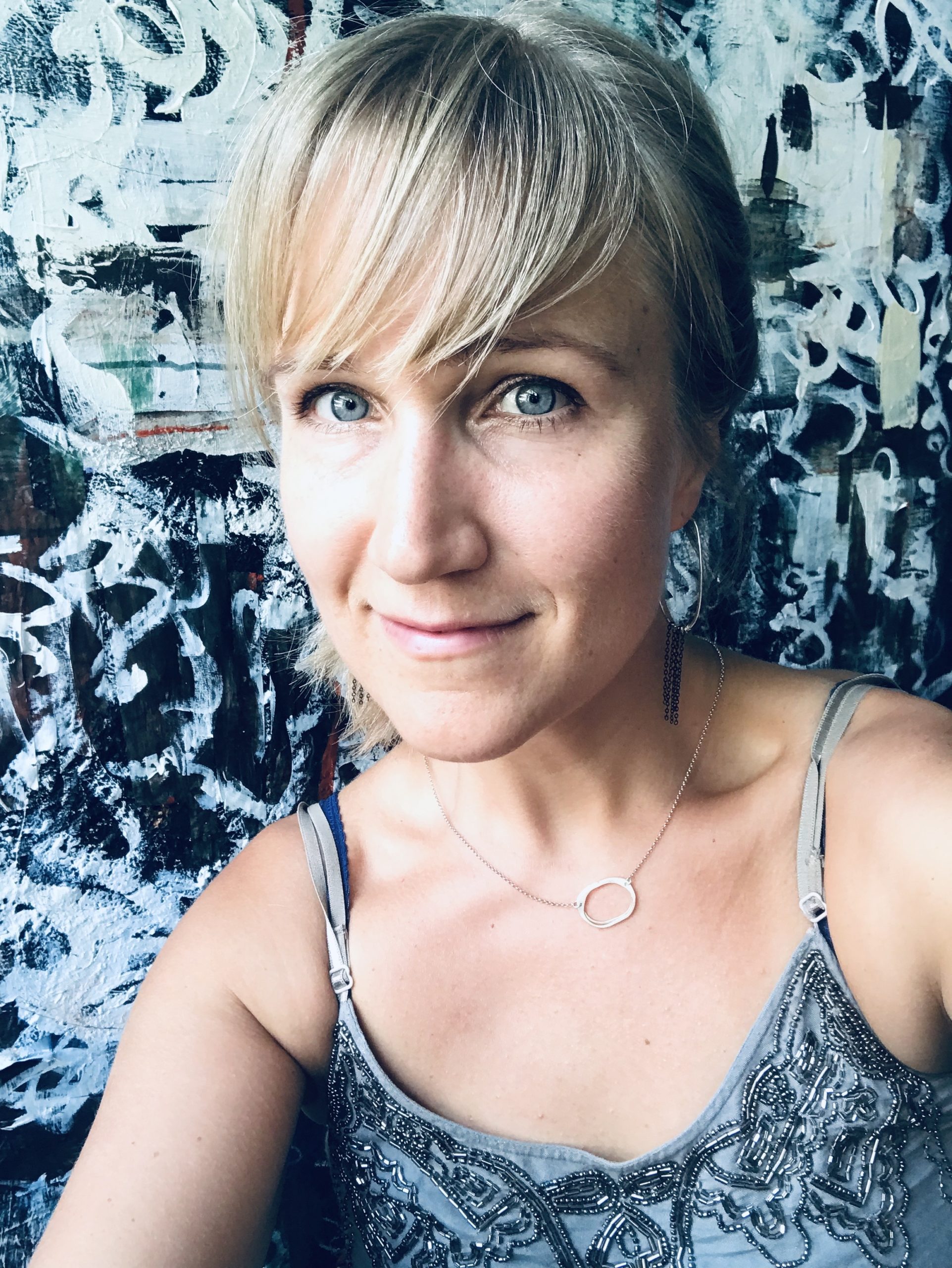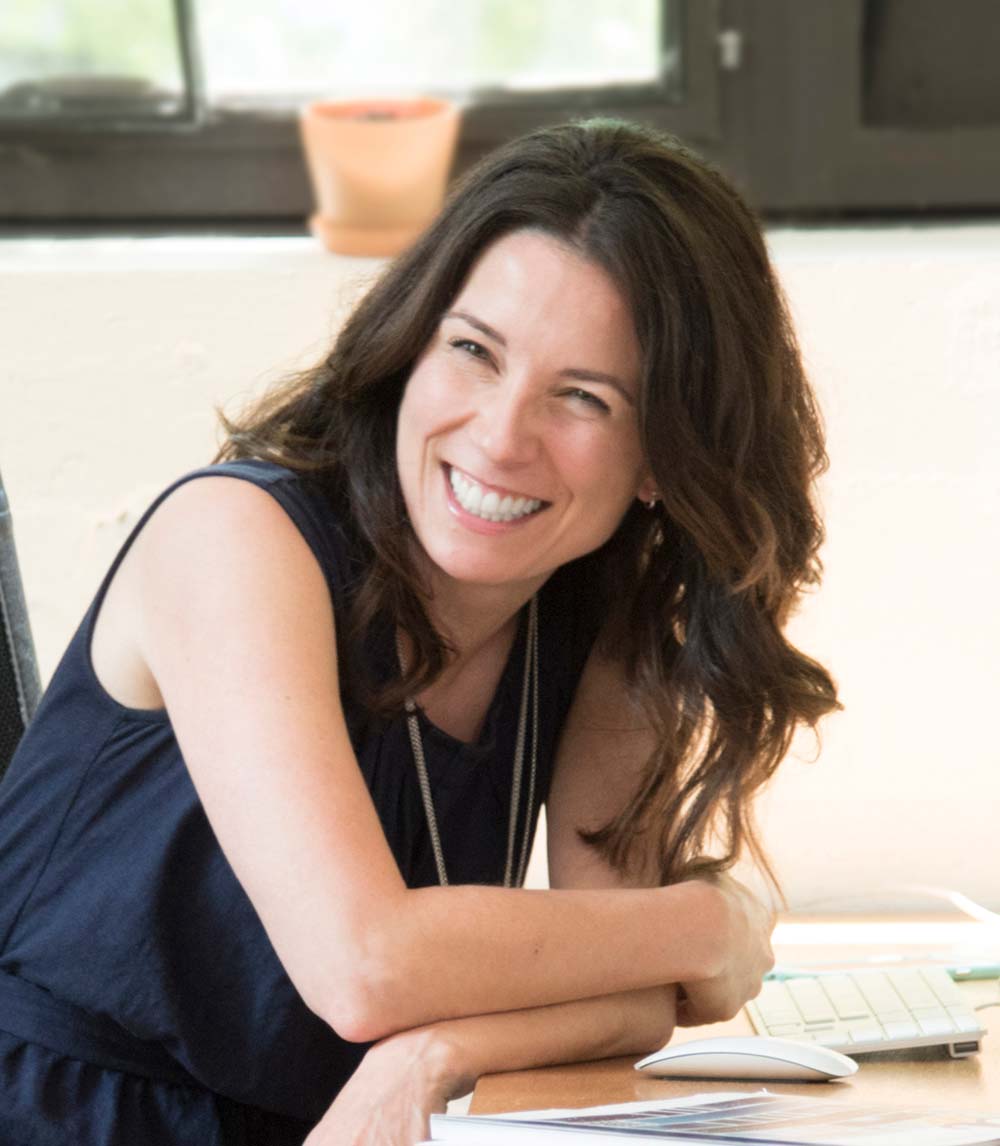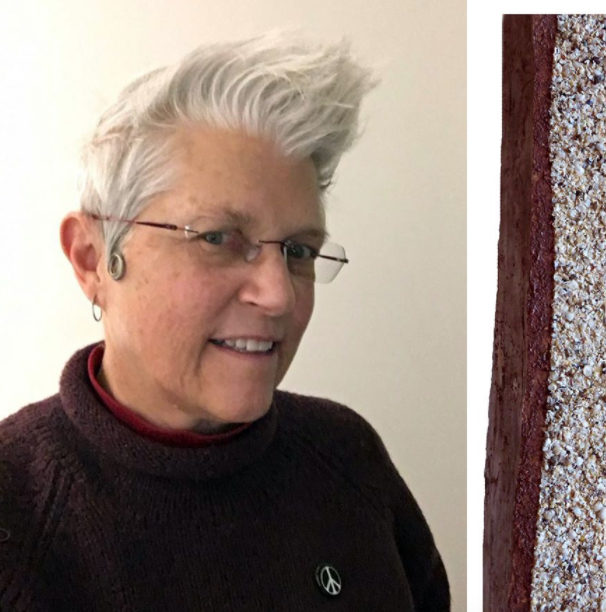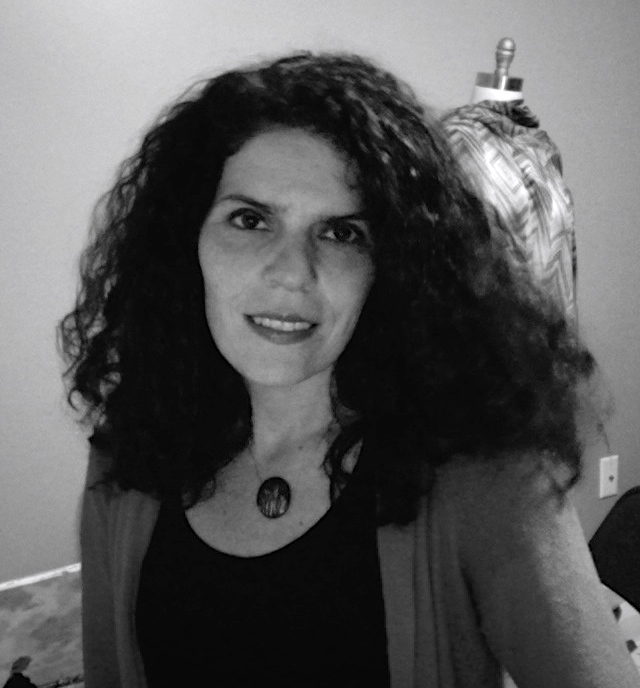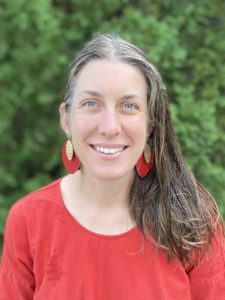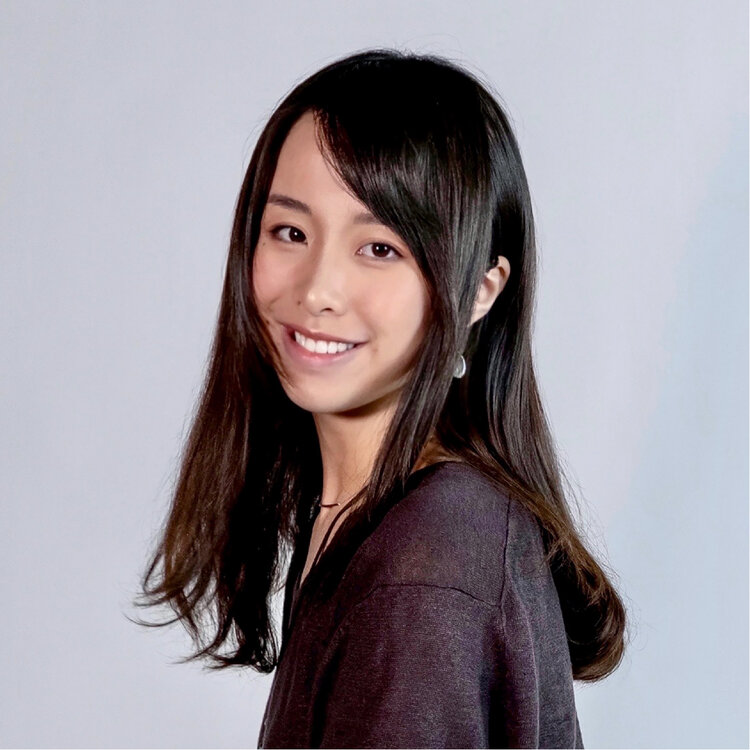Walnut Year
Walnut Year
The Resilient Pigment Library
A project of the Sustainability Initiative at MassArt
Professor Jane D. Marsching
2021-22
To launch the Resilient Pigment Library in fall 2021, we are designating a color of the year for 20/21: walnut. Available throughout North America, Black Walnut hulls have long been used as pigments in dye for clothing, baskets, and more. The green hulls are rich in juglone (5-hydroxy-alpha-napthaquinone) and tannins, which, when exposed to oxygen, make a warm, dark brown color that is lightfast. Used throughout history in fine art and crafts, walnut pigment can be foraged sustainably and is one of the easiest inks to make in your own studio with very little equipment or expertise.
Curriculum:
Professors from courses in a variety of disciplines at MassArt will integrate walnut pigment into their curriculum in academic year 2021-22. Professor Marsching has made over 10 quarts of liquid walnut pigment to distribute to 10 classes.
Resources:
What is walnut pigment? A powerpoint of Information and images of work created using walnut ink, paint, and dye will be offered.
Sustainability and pigments: An overview powerpoint is available for download
Workshop: Professor Marsching will offer a 30 minute workshop in reciprocal foraging and ink making from walnut hulls, which can be recorded and available for all students.
Public Presentation:
At the end of the year, an exhibition of works from all the classes will be on display at MassArt.
The work will be presented on the sustainability.massart.edu website
Goals:
Introduce students to sustainable material choices in art/design practice
Introduce students to life cycle assessment methodology
Introduce students to reciprocal foraging and responsible reuse values and practices
Introduce students to ecosocial impacts of art materials
Introduce students to reciprocal relationships with plant beings in a multispecies community in the midst of urban life
Create interdisciplinary collective exhibition of sustainability forward art and design work
Support and amplify the work of sustainability practitioners at the college
Inspire students to be sustainability practitioners
Participating professors/courses:
Cecilia Vazquez, 2D, Junior Major Studio
Mitch Ryerson, Sustainable Furniture, Architecture
Jenn Varekamp, Sustainable Fashion, fall, Zero Waste Project
Jane Marsching, Visual Language, Studio Foundation
Edward Monovich, Illustration
Evelyn Rydz, Drawing Projects, Studio Foundation
Judith Leemann, Fibers
More about walnut trees:
Black walnuts are an overstory tree, meaning they need light and grow tall, forming part of the canopy of the forest. They often are found in riparian zones which are the edge spaces between streams/rivers and the land (which typically flood in early spring and offer rich soil due to the flood plains). Black walnuts are pioneer species, similar to cherry, black birch, and black locust: these are some of the first trees to regrow damaged ecosystems. The black walnut typically grows tall and straight, especially in the forest, out-competing other trees for the best light. It grows up to 130 feet tall; the tallest one we have on record in the USA is actually well outside of its native range, on the Colombia River downstream of Portland.
Walnut pigment uses:
Paint (oil, acrylic, watercolor, etc., I have recipes for making all these media)
Ink
Stain
Dye
Powder for mixing in 3D
Acknowledgement:
We acknowledge with gratitude and humility that we are making and gathering on the ancestral homelands of the Wampanoag, Pawtucket, and Massachusett peoples. We make this land acknowledgement to pay respect to these communities – past, present, and future – and recognize the painful history of erasure and ongoing violence toward indigenous people in North America and across the world. We pay honor and respect to these communities and their ancestors past and present as we commit to building a more inclusive and equitable space for all.

